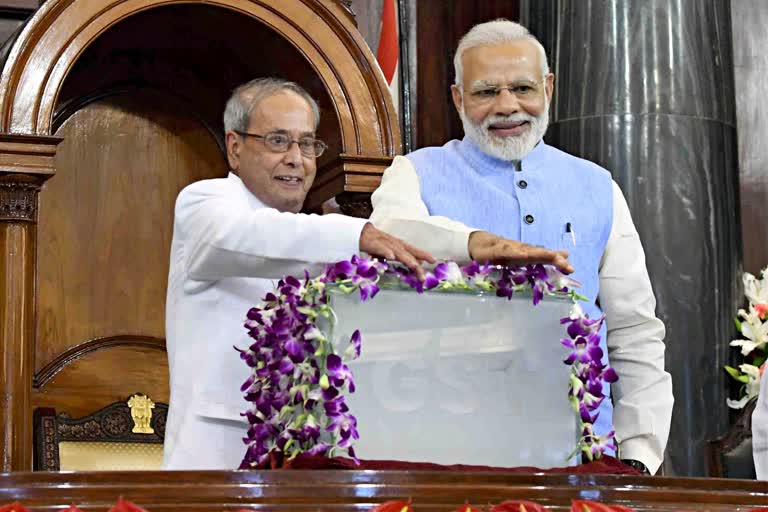Hyderabad: India is celebrating the third birthday of the landmark Goods and Services Tax (GST) today, albeit with a half-baked cake. Widely hailed as the one of the biggest ever tax reforms, GST was introduced in India on 1 July 2017 with the intent of bringing the country under the ‘One nation, one tax’ regime. But even after three years, that remains a distant dream.
Experts believe that though GST has smoothened the flow of goods across states in the country and widened the tax base, all while removing the cascading tax effect, it has still not taken a form that intended to make India a single national market with uniform tax rates across all goods and services.
“I have a mixed feeling on the past three years of GST,”, said Satish Saraf, a GST expert who is also a member of the Telangana GST Grievance Redressal Committee. “The good thing is that we have increased the tax base, improved transparency in the system, made refunds for exporters easier and quicker, but issues like multiple slabs still a concern.”
Currently, the GST rate varies from anywhere between 0.25% and 28%, sometimes with additional cess, with several items also falling in the exempt category or nil duty. Saraf said the government is now reportedly planning to merge all these rates into three major slabs. “If that is made possible, then it will become a good GST,” he said.
Government think-tank NITI Aayog member Ramesh Chand had also in December made a case for only two slabs under the GST regime and said rates should be revised only annually if required. “We should not fiddle with rates or change rates frequently... We should not have many rates. Have only two rates,” he had said.
Different states, different rules
Besides multiple rates, GST is also witnessing a problem of certain differences in registration rules for different states, again not a healthy sign for a regime that aims to unify the nation. According to rules, every supplier of goods with annual turnover of Rs 40 lakh or more is required to register with the government’s GST portal. However, this threshold is Rs 20 lakh in states like Arunachal Pradesh, Manipur, Meghalaya, Mizoram, Nagaland, Puducherry, Sikkim, Telangana, Tripura and Uttarakhand.
